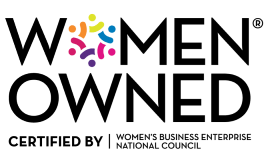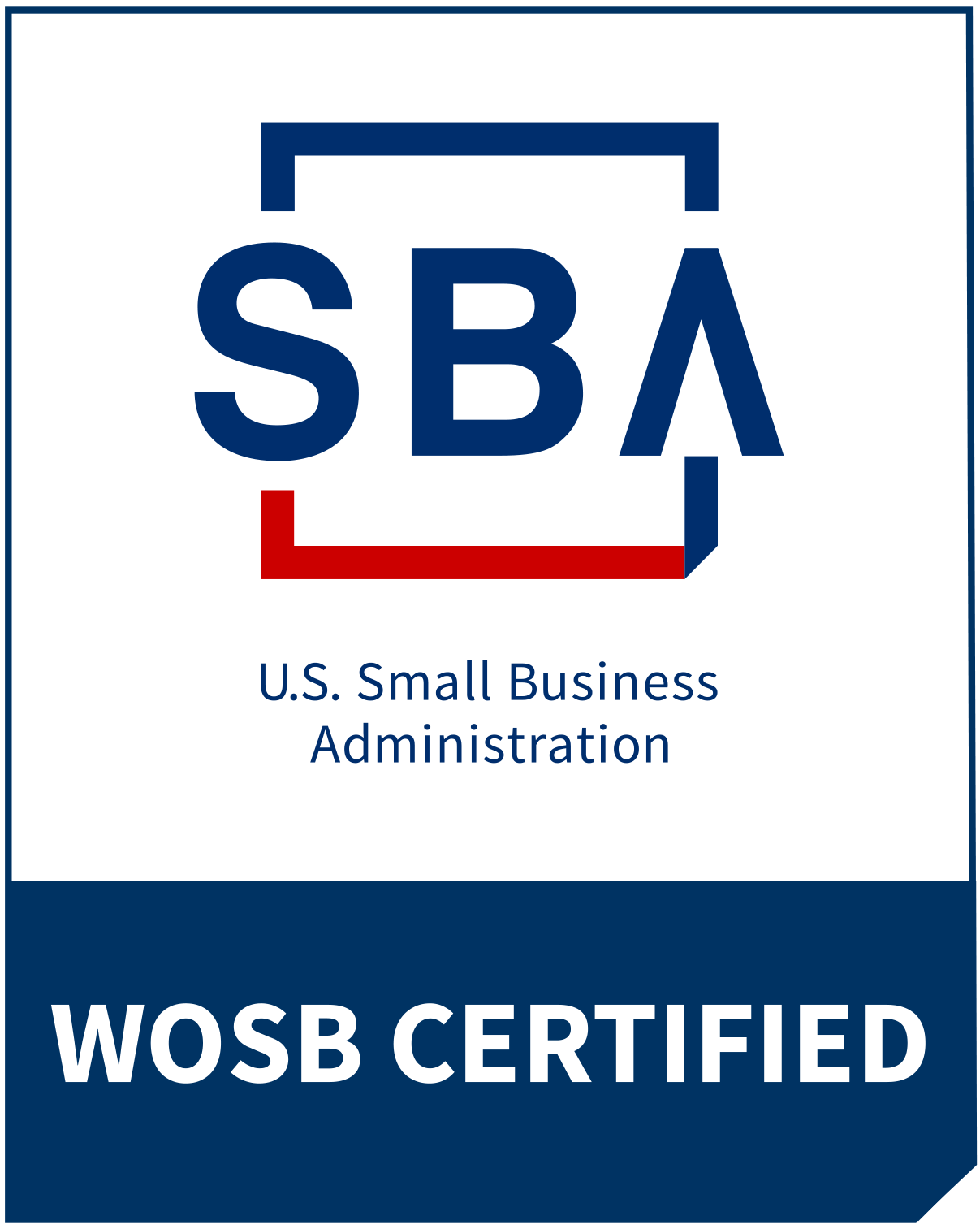Enhance, Engineer, Excel - Leave Rebuilding For Last
- admin
- 0 Comments
- February 15, 2024
Enhance, Engineer, Excel – Leave Rebuilding For Last
Have you ever found yourself wishing for a “new and improved” system or tool, only to realize later that your existing options had more potential than you initially realized? Many businesses are quick to assume that building something from the ground up will automatically solve their problems. However, taking the time to optimize what you already have in place is often a wiser first step.
Why Optimize Existing Platforms?
There are compelling reasons for focusing on optimizing current platforms rather than immediately starting new development projects from scratch.
Benefits of Optimization
Optimizing what is already in place allows businesses to save time and money by leveraging existing infrastructure, tools, codebase, and other digital assets. It avoids unnecessary risks associated with implementing entirely new systems while reducing complexity through incremental improvements on familiar foundations.
Your existing platforms are already integrated with other essential systems like your databases, servers, authentication processes, and more. Optimizing them allows you to take advantage of these existing integrations rather than rebuilding them from the ground up. This saves significant time and resources. Ramping up optimized platforms is also faster compared to building solutions from the ground up, allowing organizations to accelerate their speed to market.
Drawbacks of Starting from Scratch
On the other hand, starting development from scratch involves higher costs and a longer timeline to roll out new systems. It introduces more technical debt as any code, integrations, or customizations done will need to be maintained over the long run. There is a lack of existing architecture, data, user profiles, and other assets that take significant effort to replicate when building from the ground up. Overall, the risks, costs, and delivery schedule generally outweigh the benefits in most cases of starting from zero.
Assessing your Current Platforms
Before embarking on the optimization journey, it is important to conduct a thorough evaluation of existing platforms and systems. This involves identifying specific opportunities for enhancements as well as prioritizing them based on several factors.
Inventory What You Already Have
The first step is understanding all of the systems, software, and tools your business currently uses on a day-to-day basis. Make an exhaustive list including things like your website, intranet, CRM, project management software, and more.
Identify Optimization Opportunities
Auditing current tools, processes, code, and configurations through a combination of manual and automated means reveals areas that can be improved. Analyzing usage patterns, performance metrics, and other data gleaned over time provides insights into pain points or underutilized capabilities. Benchmarking internal systems against best practices and competitor offerings also surfaces optimization ideas. Gathering qualitative feedback from end users offers their perspectives on priorities. This process provides a baseline for where optimizations may have the most impact.
Prioritize Opportunities
Once a list of potential optimizations is compiled, their impact and effort of implementation need to be assessed. This can be done via a simple impact vs effort matrix. Opportunities are then grouped into high, medium, and low priority based on this analysis. The highest impact and easiest to implement enhancements are tackled first to deliver quick wins that build momentum for future initiatives.
Common Optimization Strategies
After prioritizing opportunities, businesses can start implementing optimizations across various aspects of their existing platforms. Here are some examples:
Improve the User Experience
Focusing on the front-end experience is crucial. Even small tweaks like simplifying navigation, improving load times, or standardizing branding can boost usability and satisfaction. A refreshed design can make systems feel new without a complete rebuild. Tactics include streamlining workflows, reducing points of friction, personalizing the interface for different customer segments via A/B testing, and more. This directly impacts engagement, conversions, and satisfaction.
Increase Automation
Leveraging APIs and integration capabilities allows connecting disparate systems to automate repetitive or tedious manual processes. Examples are scheduling recurring tasks, synchronizing data across silos in real-time, and more through no-code or low-code tools.
Enhance Integrations
Look for opportunities to consolidate tools by linking related data and workflows between platforms. Deeper integrations unlock new efficiencies and possibilities from what you already have in place. Popular integration types are payment gateways, CRMs, helpdesks, marketing automation platforms, and other SaaS tools.
Scale Infrastructure
Identify bottlenecks, optimize code, add caching layers, and ensure your infrastructure can handle traffic surges. Performance optimizations extend the useful life of existing systems. Adopting elastic provisioning, load balancing, caching, and other techniques optimizes resource usage. This improves performance and supports traffic spikes without downtime.
Measure the Impact of Optimizations
To evaluate the effectiveness of implemented changes and refine optimization efforts, it is crucial to establish relevant key performance indicators (KPIs) and collect both quantitative and qualitative feedback.
Key Performance Indicators
Metrics that directly reflect business goals are tracked, like usage volumes, conversion rates, time on site, satisfaction scores, and more. Comparing these to baselines helps quantify optimizations’ impact.
Qualitative Feedback
Surveys, interviews, and other mechanisms provide a qualitative perspective on changes from end-users and other stakeholders. Their input ensures enhancements solve the intended problems and do not create new issues.
Return on Investment
A financial analysis determines the return on each optimization by comparing implementation costs to ongoing savings or gains. This helps prioritize further initiatives.
Iterate Based on Results
Insights from measurement feed back into refining the optimization roadmap. Over time, this evidence-based approach continuously improves existing platforms’ value.
When to Build New Instead of Optimizing
Although optimizing is often the smarter first choice, there are situations where completely replacing existing systems makes more sense.
Existing Systems are Outdated or Obsolete
If platforms are based on outdated technology that can no longer meet business or technical requirements, continuing optimizations may not be feasible. For legacy systems, consider a phased modernization approach – optimize the critical parts that deliver the most value first before re-platforming others over time. Break work into smaller, manageable chunks and prioritize based on impact.
New Requirements Cannot be Met
Overhauling or customizing legacy systems to fulfill new objectives could be more costly than starting anew. Significant changes in business needs factor into this decision.
A Complete Overhaul is Needed
In some cases, the codebase of existing systems may be too fragmented, complex, or poorly organized to refactor cost-effectively. A ground-up replacement could yield better long-term maintainability.
Tips for Successful Optimization and Integration
Gather User Feedback
Involve your end users throughout the process. Their input will help prioritize the right enhancements and catch issues early.
Test Improvements Thoroughly
Don’t rush optimizations into production without rigorous QA. Thorough testing prevents bugs and ensures changes have the intended impact.
Monitor and Refine Post-Launch
Keep optimizing based on real-world usage after rollout. Continuous improvement keeps existing systems feeling fresh for much longer.
Taking time to optimize existing business systems before considering a complete rebuild is usually the most cost-effective approach. By leveraging what’s already in place and addressing pain points, you can extend the useful lifetime of your current technology stack. Only move forward with new development when optimizations no longer provide sufficient value.
Is Your Business Growing But You Feel Like It’s Falling Apart?
Feeling the strain of business growth? You're not alone. Many successful businesses face these challenges. It's often the little things that cause big headaches. Suddenly, your tried-and-true methods don't work anymore, profits shrink, customers are complaining, and you're constantly firefighting.
The key lies in fine-tuning your systems to support your growth. My 3S Profit Optimizer framework helps to secure more clients, streamline operations, and supercharge scalability. I've helped numerous businesses overcome these hurdles, and I'd love to see how I can help you succeed.
Let’s minimize the growing pains and prevent them from reflecting poorly on your business. To learn how to have more freedom, more control, and more opportunities to earn income take action now and click below.
Related Posts

Blended Learning: Flexibility & Collaboration for Entrepreneurs




